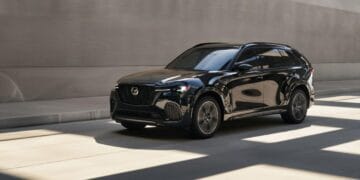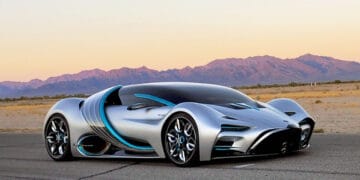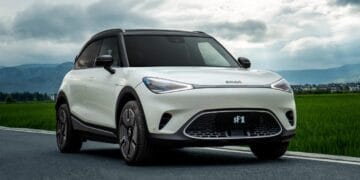In an increasingly urbanized world, the compact car is experiencing a renaissance. Gone are the days when a compact car was simply a cheap and basic mode of transport. Today, it is a sophisticated, stylish, and highly efficient vehicle, a perfect partner for navigating crowded city streets, tight parking spaces, and a fast-paced lifestyle. The compact cars for 2025 are a testament to the fact that great things come in small packages. They are a perfect fusion of form and function, offering the practicality and efficiency of a small car with the advanced technology and comfort of a much larger and more expensive vehicle.
This comprehensive guide will take a deep dive into the key criteria that define an ideal compact car. We will explore the critical role of a small footprint and nimble handling, the benefits of a fuel-efficient or electric powertrain, the must-have technology and safety features, and the new design philosophies that are putting the urban driver at the center of the experience. By the end, you will have a clear roadmap for choosing a vehicle that is not just a car but a perfect companion for your urban life. The future of city driving is here, and it’s smarter, cleaner, and more convenient than ever before.
A. The Art of Urban Design
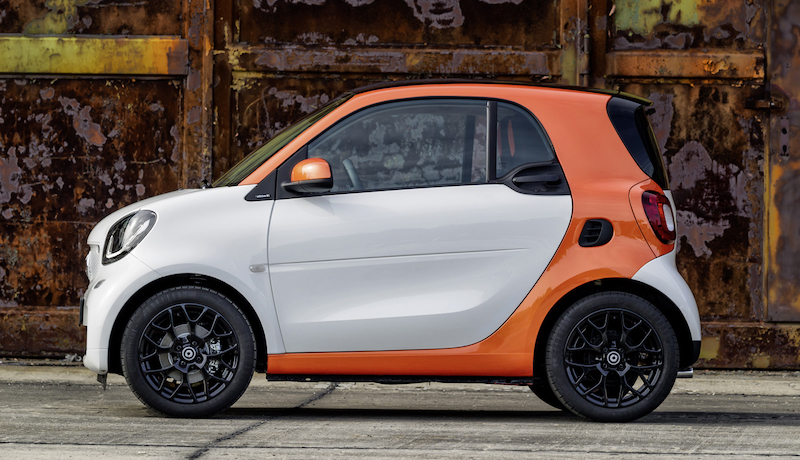
In a city, space is a luxury. The ideal compact car must be small enough to navigate narrow streets and tight parking spaces, but large enough to be practical for daily errands and the occasional road trip. This is a delicate balance that is at the heart of every great compact car.
- A. The Compact Footprint: The most important feature of a compact car is its small size. A smaller footprint allows you to squeeze into parking spots that a larger SUV or sedan would never fit. It also makes it easier to navigate congested traffic and to make a tight U-turn on a crowded street. A car that is a few inches smaller can make a huge difference in an urban environment.
- B. The Tight Turning Radius: A small car with a tight turning radius is a city driver’s best friend. It allows you to make a quick turn without having to do a three-point turn, and it makes maneuvering in a crowded parking garage a breeze. A car that can turn on a dime is a car that is a joy to drive in the city.
- C. The Excellent Visibility: The best compact cars have excellent visibility from all angles. Large windows and a high seating position allow you to see the traffic around you, as well as pedestrians and cyclists. This is crucial for safety in a busy urban environment. Features like a 360-degree camera and a blind-spot monitor are also a huge asset.
- D. The Hatchback Advantage: While a sedan is a classic choice, a hatchback is often a more practical option for city living. The hatchback design provides a large, versatile cargo area that can be used for everything from a trip to the grocery store to a weekend getaway. It also makes it easier to load and unload bulky items, which is a huge convenience in an urban environment.
B. The Power of Efficiency
Urban driving is a stop-and-go affair, which is a major drain on a traditional engine. The best compact cars are those that are designed to be as fuel-efficient as possible, with electric vehicles (EVs) and hybrid powertrains offering the ultimate advantage.
- A. The High MPG Standard: A fuel-efficient car is a money-saving car. The best compact cars have a high miles per gallon (MPG) rating in city driving, which means you spend less time and money at the pump. This is a major benefit for a daily commuter who is constantly in stop-and-go traffic.
- B. The Electric Vehicle (EV) Advantage: The EV is the ultimate compact car. It produces zero tailpipe emissions, which is a huge benefit for urban air quality. It is also incredibly efficient in stop-and-go traffic, as it can capture and store energy from braking through a process called regenerative braking. An EV is also incredibly quiet, which makes for a more peaceful and relaxing drive in a noisy city.
- C. The Hybrid Solution: For those who are not ready to go all-in on an EV, a hybrid car is a great compromise. A hybrid car combines a fuel-efficient gasoline engine with an electric motor. It can run on electric power at low speeds, which is perfect for city driving, and it can switch to the gasoline engine for longer trips. This provides the best of both worlds: the efficiency of an electric car with the long range of a gasoline car.
- D. The Powertrain Options: The best compact cars offer a variety of powertrain options to suit every need and budget. From a fuel-efficient three-cylinder engine to a powerful turbocharged four-cylinder, the choice is up to you. The key is to find a car that has a powertrain that provides enough power for a quick pass on the highway, while also being incredibly fuel-efficient in the city.
C. The Safety and Connectivity
A modern compact car is a high-tech machine. It is equipped with a suite of smart features and safety systems that make urban driving easier, safer, and more connected. These technologies are not just a luxury; they are a necessity in a busy urban environment.
- A. The Infotainment System: The car’s infotainment system is the central hub of your digital life. The best compact cars have a user-friendly infotainment system that is compatible with Apple CarPlay and Android Auto, which allows you to seamlessly integrate your smartphone for navigation, music, and communication.
- B. Advanced Driver Assistance Systems (ADAS): ADAS features are a game-changer for city driving.
- A. Automatic Emergency Braking (AEB): This system uses sensors to detect an impending collision and can apply the brakes automatically if the driver fails to react in time. This is a crucial feature for a compact car, where a sudden stop is a common occurrence.
- B. Blind-Spot Monitoring: This system uses sensors to detect a vehicle in your blind spot and can alert you with a visual or audible warning. This is a must-have feature for a city car, where a lane change can be a risky maneuver.
- C. Rear Cross-Traffic Alert: This system uses sensors to detect a vehicle approaching from the side when you are backing out of a parking spot. It can alert you with a warning, preventing a collision.
- C. The Smart Parking Assistant: A parking assistant can make parallel parking a breeze. The system uses sensors to find a parking spot and can automatically steer the car into the space, leaving you with only the task of controlling the brake and the gas pedal. This is a huge convenience for a city driver who is constantly looking for a parking spot.
- D. Over-the-Air (OTA) Updates: OTA updates, pioneered by companies like Tesla, are now a standard feature in many compact cars. They allow manufacturers to wirelessly push software updates that can add new features, fix bugs, and improve performance long after the vehicle has been purchased. A car with OTA capability is a dynamic asset that gets better over time.
D. The New Era of Urban Design and Lifestyle
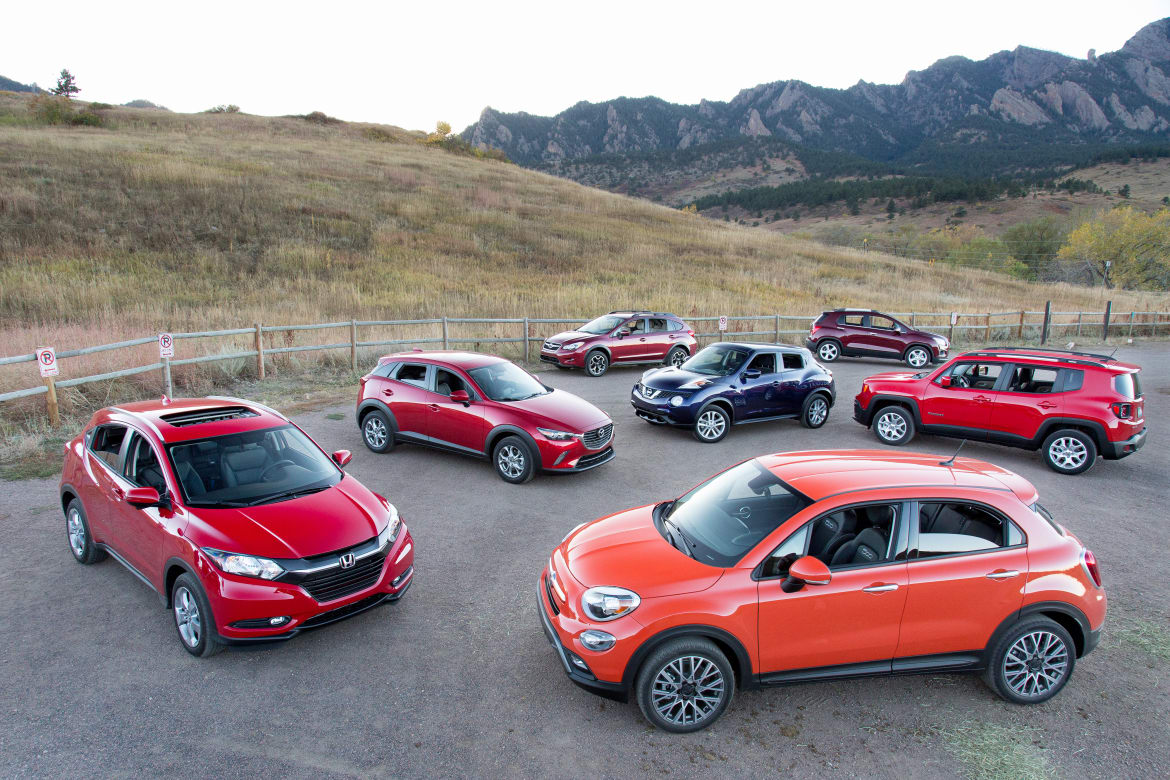
The best compact cars are not just about features; they are about a new design philosophy that puts the urban lifestyle at the forefront. They are a reflection of a new generation of consumers who prioritize a vehicle that is as flexible and versatile as they are.
- A. The Interior as a Living Space: The interior of a modern compact car is a comfortable and functional living space. The seats are designed to be comfortable for a long commute, and the materials are durable and easy to clean. The interior is also designed to be as quiet as possible, with a focus on noise-canceling materials and a smooth, silent ride.
- B. The Versatility of a Hatchback: The hatchback design is a perfect fit for a city dweller. The large cargo area can be used for everything from a trip to the grocery store to a weekend getaway. It also makes it easy to transport bulky items, like a bicycle or a piece of furniture. The hatchback is the ultimate versatile city vehicle.
- C. The Subscription and Sharing Model: For many city dwellers, a car subscription or a car-sharing service is a perfect alternative to ownership. These services provide all the benefits of a vehicle without the financial burden and hassle of ownership. You can have a car for a day, a week, or a month, and you can switch to a different model as your needs change. This is the ultimate flexible transportation solution for urban life.
- D. The Car as a Hub for Your Digital Life: A modern compact car is a seamless extension of your digital life. It is integrated with your smartphone, your smart home, and your work calendar. You can use your voice to control everything, from your music to your smart home lights. This level of connectivity makes the car a truly personalized and intelligent partner for your urban life.
Conclusion
The compact car for 2025 is a testament to the fact that a vehicle can be both small and smart, efficient and stylish. It is a powerful response to the challenges of urban life, offering a solution that is as practical as it is exciting. The most successful cars in this category are those that master the delicate balance between a compact footprint and a versatile interior, a high level of fuel efficiency and a powerful electric motor, and a suite of advanced safety features and a smart, user-friendly infotainment system. The era of the large, gas-guzzling SUV is giving way to a new generation of vehicles that are designed to be as efficient, as versatile, and as connected as the city itself.
The future of city driving is not about a single vehicle but a comprehensive ecosystem of solutions. It’s a world where a car is just one option among many, from electric scooters and e-bikes to a highly efficient and reliable public transit system. The best compact cars for 2025 are those that can seamlessly integrate into this ecosystem, providing a level of convenience and a sense of freedom that was once unimaginable. By embracing a car that is smarter, cleaner, and more agile, you are not just improving your commute; you are choosing a new way of living, one that is more sustainable, more efficient, and more enjoyable. The city is ready for this revolution, and the cars that are leading the way are a testament to the fact that the future of urban mobility is here, and it’s brighter than ever.


